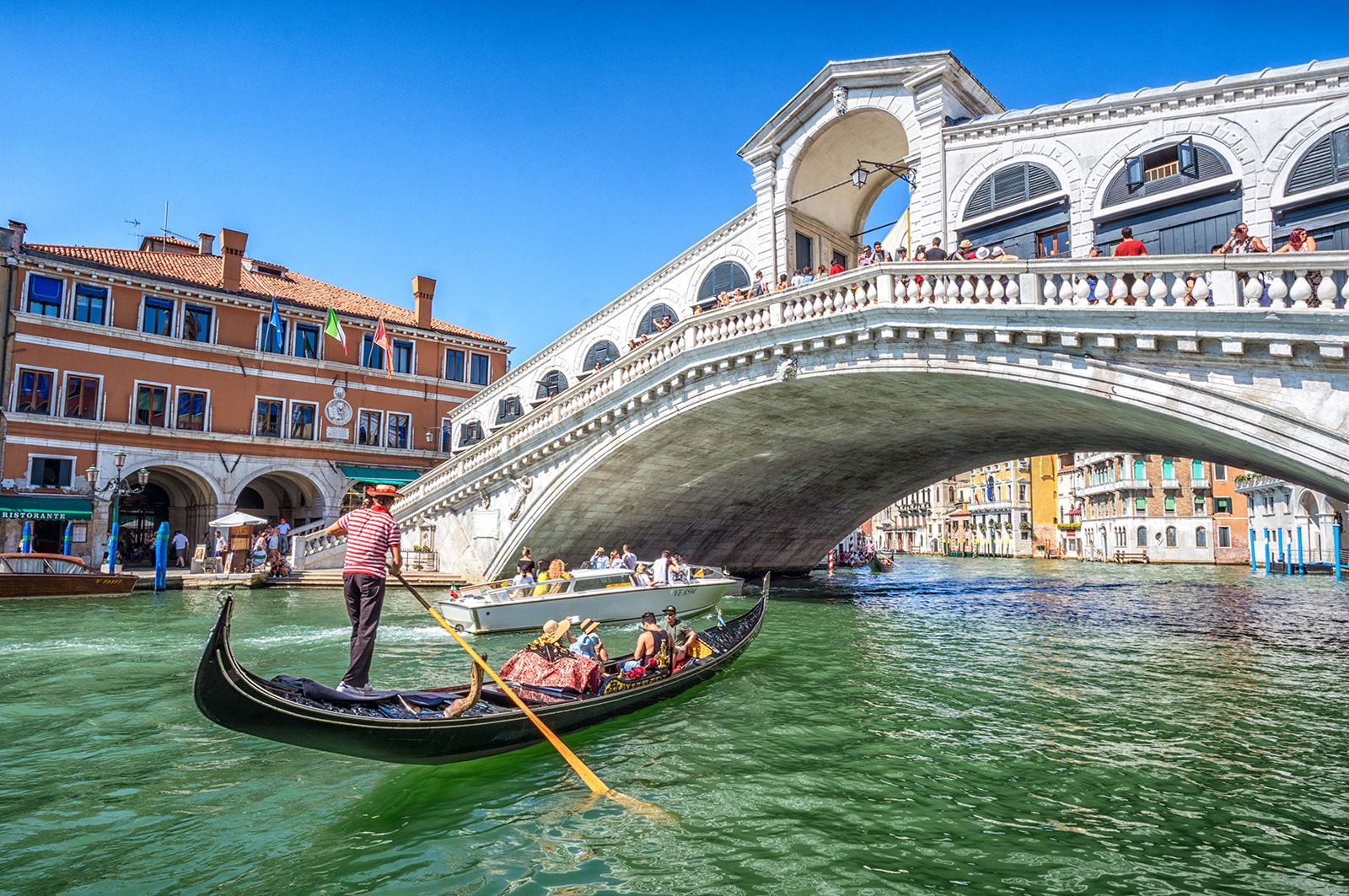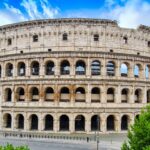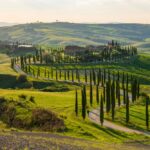On the territory of Positano, traces of Paleolithic occupation have been found. The legend says that the city was founded by Poseidon (Neptune), the god of the sea, for the love of the nymph Pasitea.
Certainly Phoenicians and Greeks, in their travels in the West, set foot in this country perhaps inhabited by Osque or Picenian peoples. But it is the Romans who probably developed it.
The Romans built near the wide beach a rich patrician villa, now under the garden of the Church of the Assumption of Mary (Santa Maria Assunta). With the fall of the Roman Empire, Positano joined the Republic of Amalfi, one of the first maritime republics, experiencing a flourishing period thanks to maritime trade with other Mediterranean countries.
With the Norman conquest in the second half of the eleventh century, began a period of decadence. Annoying events followed one another, especially under the Angevin and Aragonese domination, then the looting of Saracen pirates and then the Turks. To defend themselves from the repeated incursions of pirates, the Positanians built watchtowers including those of Fornillo, Trasita, and others inland.
In 1492, Positano and its territory were ravaged by Giovanni Miroballo, then by Mastrogiudice and della Cossa. Knowing also famines, plagues, and even tidal waves, the population decreased greatly.
In the sixteenth and seventeenth centuries, the strong and fast boats of Positano traded with the Middle East by importing spices, silks and precious woods. It was during this period that Baroque houses were built that are still visible today on the slopes of the valley, with their terraces facing the sea.
In the eighteenth century, Positano lived a flourishing period as evidenced by the many Baroque villas built on the eastern side.
Welcome to where time stands still, no one leaves and no one will, moon is full, never seems to change, just labeled mentally deranged, dream the same thing evry night, I see our freedom in my sight, no locked doors, no windows barred, nothing to make my brain seem scarred, sleep my friend and you will see, that dream is my reality, they keep me locked up in this cage, can’t they see that’s why my brain says rage.
Italian Unity forced many Positarians, like many Southerners from the peninsula of the country, to emigrate across the Atlantic where fortune could smile to few. During the First World War, Positano paid a heavy blood tribe. In the village took refuge great Russian and German artists and men of letters who, with their works, made known to the whole world this little corner of paradise.
After the end of the Second World War, painters, filmmakers, and writers bewitched by the pseudo magic atmosphere, by the sensual beauty of Positano, seduced by the way of life of the native fishermen, restructured the churches and convents and built villas. At this period the “Moda Positano” was initiated: extravagance and exotic colors.
Its coastal neighborhood is one of the most beautiful parts of the Amalfi Coast. In the center of the village, down to the crowded beach in summer, stands Santa Maria Assunta, a beautiful church housing sculptures of the thirteenth and sixteenth centuries.
The many small stairs are typical of the village, crossing the village from its heights, cutting alleys, down to the beach.
The main beaches – the Great Beach and Fornillo – are within walking distance. The others – the Gate, Arienzo, San Pietro Laurito – are accessible by sea.








